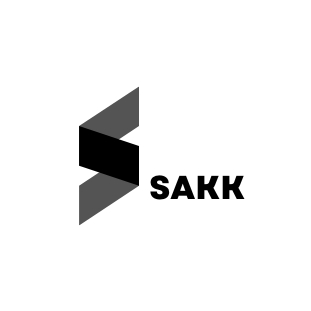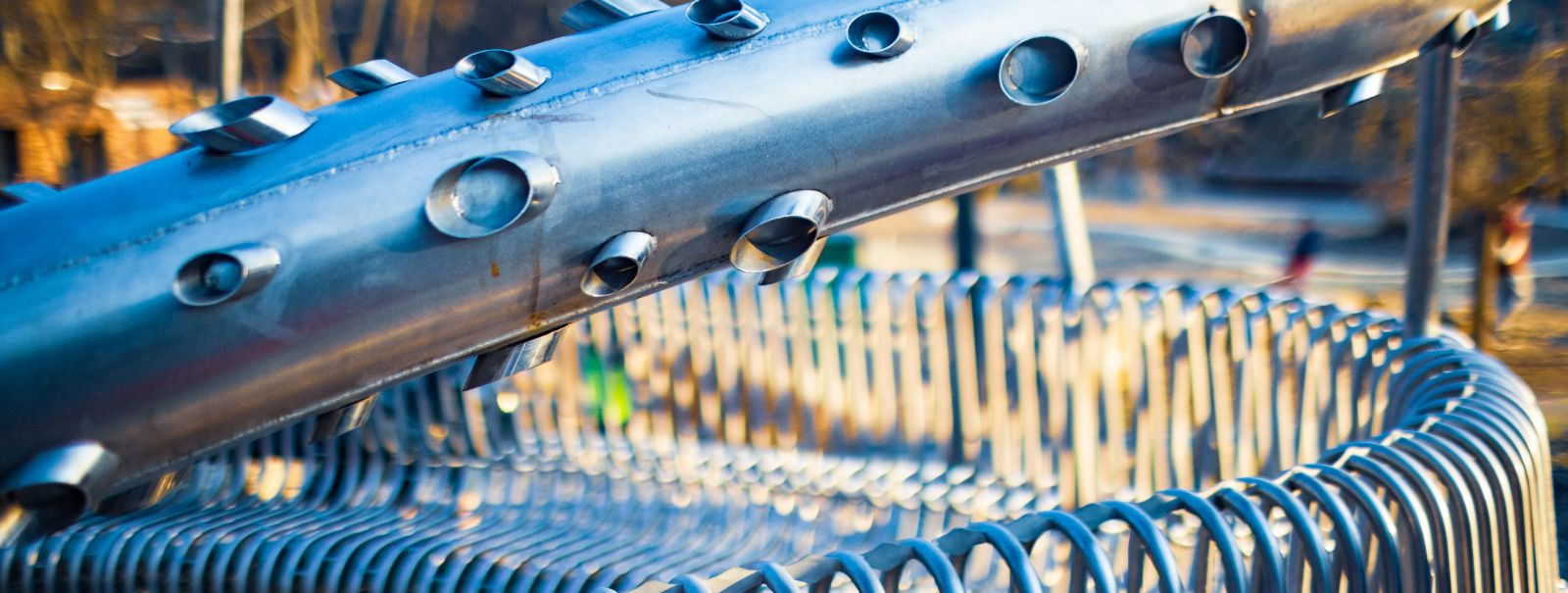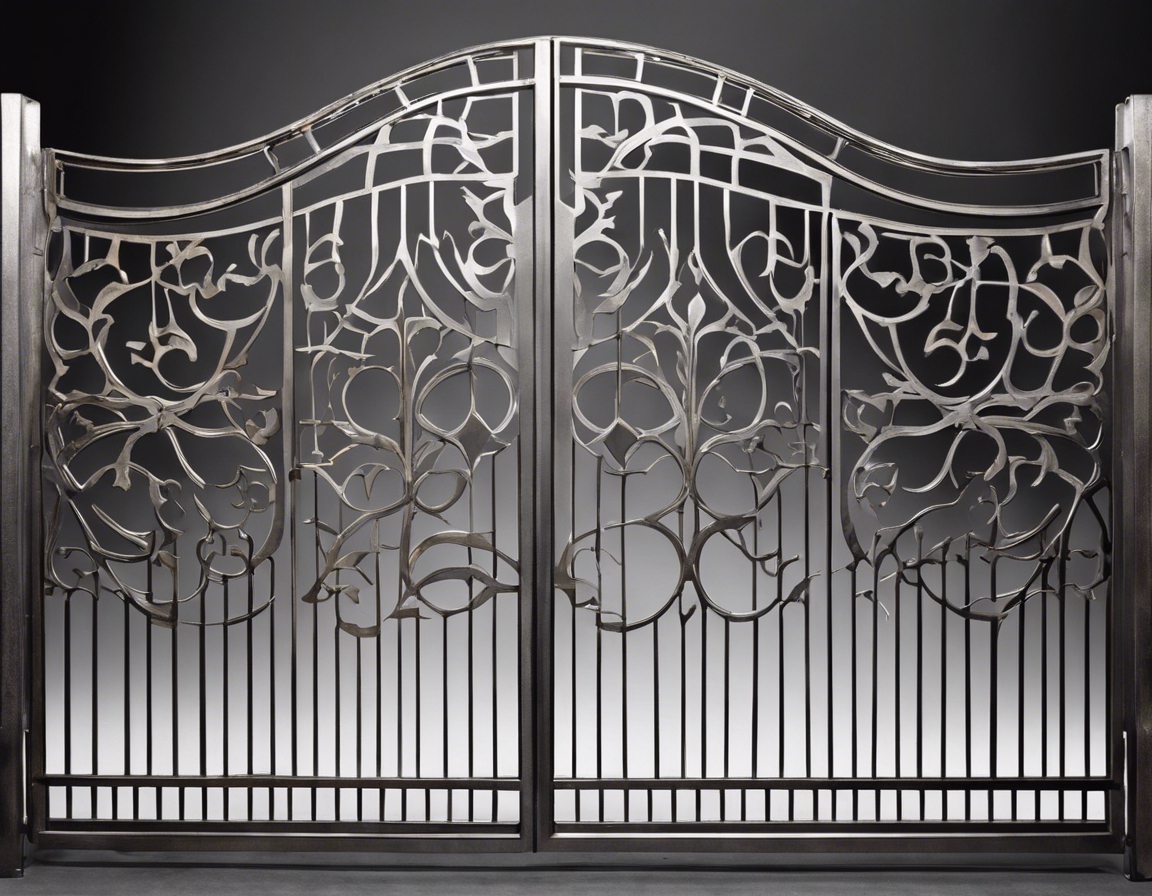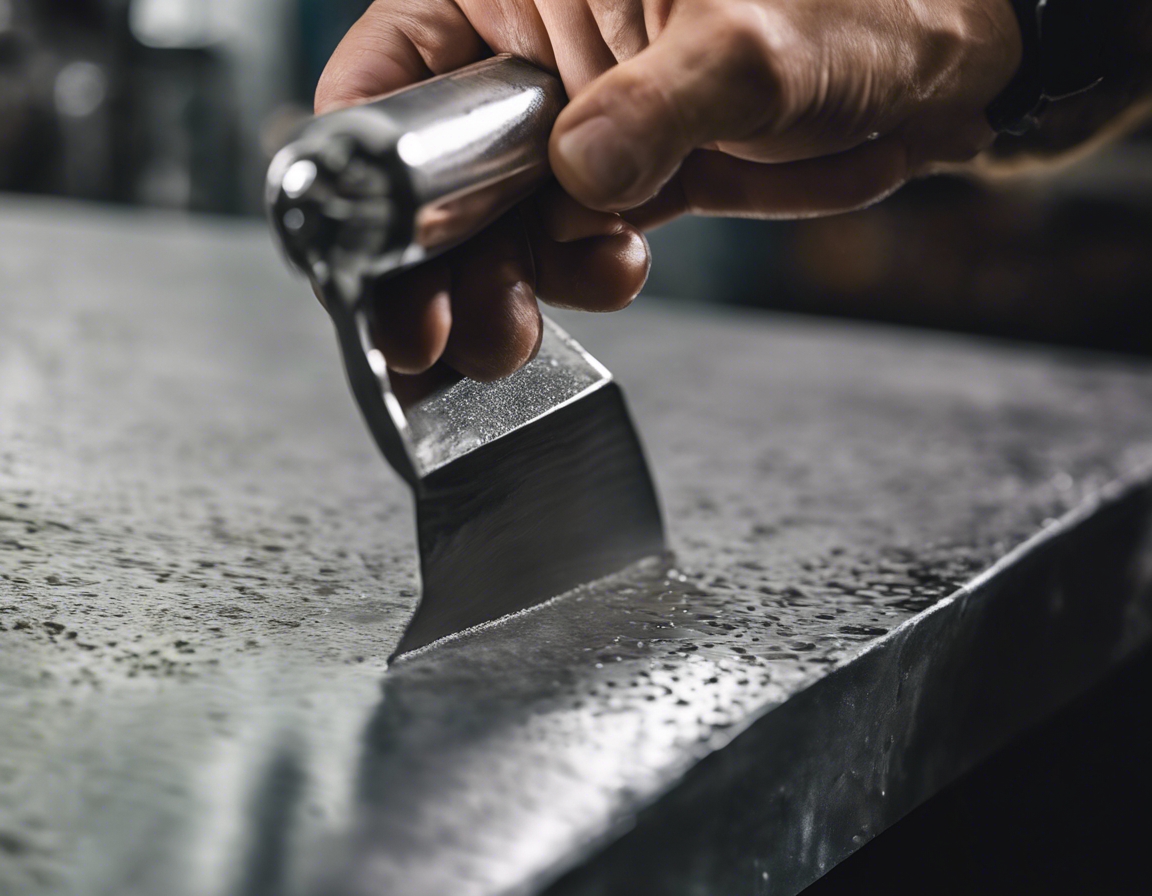Custom metal structures: from design to reality
Custom metal structures are a cornerstone of modern construction and manufacturing, offering unparalleled flexibility, strength, and longevity. The ability to tailor metal components to specific requirements allows for innovation and precision in projects ranging from industrial machinery to architectural marvels.
Custom metal structures can vary widely in scale and complexity, from small brackets and frames to large-scale buildings and intricate machinery parts. Each project presents unique challenges and opportunities, demanding a bespoke approach to design, fabrication, and installation.
The Design Process: Conceptualization to Blueprint
The journey of creating a custom metal structure begins with an in-depth consultation to understand the client's vision, requirements, and constraints. This collaborative approach ensures that the final design aligns with the client's objectives and the project's functional needs.
Choosing the right materials is critical to the success of any custom metal structure. Factors such as environmental exposure, load-bearing requirements, and aesthetic preferences all play a role in material selection, which can include steel, aluminum, copper, and various alloys.
Utilizing state-of-the-art CAD and CAM software, engineers can create detailed blueprints and 3D models that serve as the foundation for the fabrication process. These tools enable precise calculations and adjustments before any metal is cut, ensuring accuracy and efficiency.
Fabrication: Turning Designs into Tangible Structures
With the design set, the fabrication phase employs advanced manufacturing techniques such as laser cutting, CNC machining, and welding to bring the blueprint to life. These processes are carried out by skilled technicians who translate the intricate designs into high-quality metal structures.
Quality control is paramount in custom metal fabrication. Regular inspections and testing ensure that each component meets the stringent standards required for performance and safety.
Custom projects often encounter unique challenges, such as complex geometries or tight tolerances. Experienced fabricators like SAKK OÜ leverage their expertise to devise innovative solutions that overcome these obstacles without compromising on quality.
Finishing and Detailing: The Final Touches
Once fabricated, metal structures often undergo various finishing processes, including sandblasting, painting, or powder coating, to enhance their appearance and resistance to corrosion and wear.
Beyond functionality, custom metal structures can also be designed with aesthetic detailing to complement their surroundings or to stand out as architectural features. Precision detailing can include laser etching, custom cut-outs, and ornamental metalwork.
Installation and Assembly: Bringing the Structure to Life
The final step in realizing a custom metal structure is installation. This can involve on-site assembly of large or complex structures, requiring careful planning and coordination to ensure a seamless integration into the existing environment.
Throughout the installation process, adherence to safety standards and regulatory compliance is essential. Professional installers like those at SAKK OÜ are trained to handle these tasks with the utmost precision and care, guaranteeing the structural integrity and longevity of the completed project.






Comments (0)